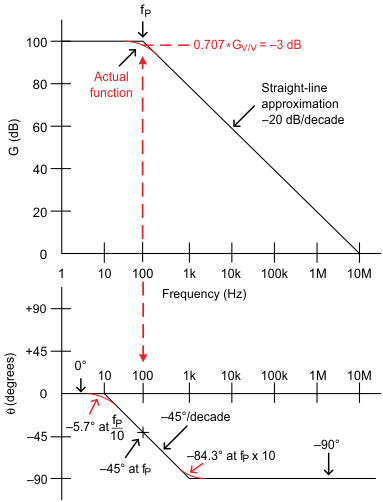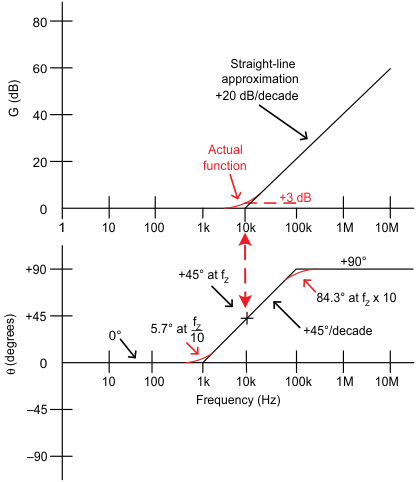SLYY211 October 2021 TMS320F2800132 , TMS320F2800133 , TMS320F2800135 , TMS320F2800137 , TMS320F2800152-Q1 , TMS320F2800153-Q1 , TMS320F2800154-Q1 , TMS320F2800155 , TMS320F2800155-Q1 , TMS320F2800156-Q1 , TMS320F2800157 , TMS320F2800157-Q1 , TMS320F280021 , TMS320F280021-Q1 , TMS320F280023 , TMS320F280023-Q1 , TMS320F280023C , TMS320F280025 , TMS320F280025-Q1 , TMS320F280025C , TMS320F280025C-Q1 , TMS320F280033 , TMS320F280034 , TMS320F280034-Q1 , TMS320F280036-Q1 , TMS320F280036C-Q1 , TMS320F280037 , TMS320F280037-Q1 , TMS320F280037C , TMS320F280037C-Q1 , TMS320F280038-Q1 , TMS320F280038C-Q1 , TMS320F280039 , TMS320F280039-Q1 , TMS320F280039C , TMS320F280039C-Q1 , TMS320F280040-Q1 , TMS320F280040C-Q1 , TMS320F280041 , TMS320F280041-Q1 , TMS320F280041C , TMS320F280041C-Q1 , TMS320F280045 , TMS320F280048-Q1 , TMS320F280048C-Q1 , TMS320F280049 , TMS320F280049-Q1 , TMS320F280049C , TMS320F280049C-Q1 , TMS320F28075 , TMS320F28075-Q1 , TMS320F28076 , TMS320F28374D , TMS320F28374S , TMS320F28375D , TMS320F28375S , TMS320F28375S-Q1 , TMS320F28376D , TMS320F28376S , TMS320F28377D , TMS320F28377D-EP , TMS320F28377D-Q1 , TMS320F28377S , TMS320F28377S-Q1 , TMS320F28378D , TMS320F28378S , TMS320F28379D , TMS320F28379D-Q1 , TMS320F28379S
- 1 Message from the editors
- 2 System Design
- 3 Controllers
- 4 ADC
- 5 Comparator
- 6 Processing
- 7 Encoders
- 8 Pulse width modulation (PWM)
- 9 DAC
- 10Mathematical models
- 11Important Notice
10.4 Frequency response
If a steady state sine wave, is applied to a linear system denoted by , the linear system would respond at the same frequency with a certain phase and magnitude, giving output . The amplitude is modified by and the phase is shifted by
Bode plot basics
The frequency response for the magnitude or gain plot is the change in voltage gain as frequency changes. The change is specified on a Bode plot, a plot of frequency versus voltage gain in dB (decibles). Bode plots are usually plotted as semi-log plots with frequency on the x-axis, log scale, and gain on the y-axis, linear scale. The other half of the frequency response is the phase shift versus frequency and is plotted as frequency versus degree phase shift. Phase plots are usually plotted as semi-log plots with frequency on the x-axis, log scale, and phase shift on the y-axis, linear scale.
Definitions
Voltage gain in decibels
Used for input or output power
| A (V/V) | A (dB) |
|---|---|
| 0.001 | -60 |
| 0.01 | -40 |
| 0.1 | -20 |
| 1 | 0 |
| 10 | 20 |
| 100 | 40 |
| 1,000 | 60 |
| 10,000 | 80 |
| 100,000 | 100 |
| 1,000,000 | 120 |
| 10,000,000 | 140 |
Where
Roll-off rate is the decrease in gain with frequency
Decade is a tenfold increase or decrease in frequency (from 10 Hz to 100 Hz is one decade)
Octave is the doubling or halving of frequency (from 10 Hz to 20 Hz is one octave)
Bode plots: Poles
 Figure 10-1 Pole gain and phase.
Figure 10-1 Pole gain and phase.Where
Pole location = (cutoff frequency)
Magnitude = (for example, 100 dB)
Magnitude = -3 dB
Magnitude = -20 dB/decade
Phase =
Phase = /decade
Phase =
Phase =
Pole (equations)
As a complex number
Magnitude
Phase Shift
Magnitude in dB
Where
= voltage gain in V/V
= voltage gain in decibels
= the dc or low frequency voltage gain
f = frequency in Hz
= frequency at which the pole occurs
= phase shift of the signal from input to output
j = indicates imaginary number or
Bode plot (zeros)
 Figure 10-2 Zero gain and phase.
Figure 10-2 Zero gain and phase.Where
Zero location =
Magnitude = 0 dB
Magnitude = +3 dB
Magnitude = +20 dB/decade
Phase =
Phase = /decade
Phase =
Phase =
Zero (equations)
As a complex number
Magnitude
Phase Shift
Magnitude in dB
Where
= voltage gain in V/V
= voltage gain in decibels
= the dc or low frequency voltage gain
f = frequency in Hz
= frequency at which the zero occurs
= phase shift of the signal from input to output
j = indicates imaginary number or